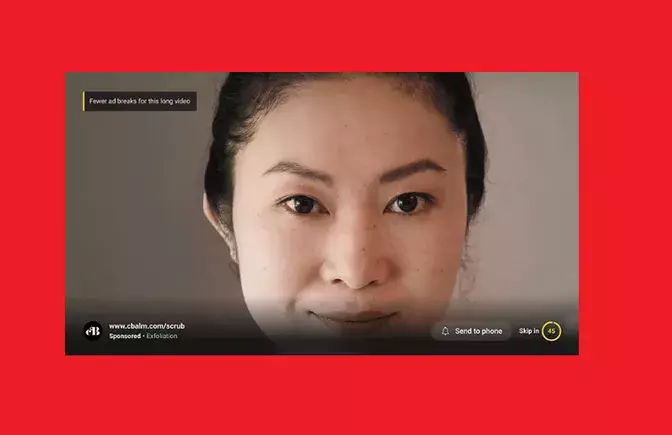YouTube is set to introduce longer ad breaks in its Connected TV (CTV) experiences in order to provide viewers with bigger blocks of uninterrupted content. This move comes after YouTube’s research revealed that a majority of viewers prefer video ads to be grouped together rather than distributed throughout a video in shorter ad slots.
By implementing longer ad breaks, YouTube aims to expand uninterrupted viewing blocks by 29% and allow CTV viewers to experience 50% longer viewing sessions before their next ad break. This strategy is intended to improve the overall viewing experience for users while still giving advertisers ample opportunities to connect with their target audience.
Although viewers have responded positively to the introduction of longer ad blocks, there are concerns about the potential impact on ad response rates. The ability for viewers to skip ads after the initial five seconds, as well as the presence of a countdown timer, may lead to decreased engagement with ads within longer blocks. However, YouTube asserts that viewers prefer this format, and as long as advertisers are not raising concerns, it aligns with viewer preferences.
For YouTube marketers, monitoring the impact of longer ad breaks on ad performance is crucial. While most YouTube promotions focus on awareness rather than direct response, the shift to longer ad blocks may have implications for overall ad sentiment and viewer engagement. It is important to track and analyze ad statistics to assess the effectiveness of these longer blocks on campaign performance.
The debate between shorter, disruptive ads that grab attention and longer, easily ignored ad blocks raises questions about the ideal advertising strategy on YouTube. While shorter ads may elicit a stronger initial response, they also risk alienating viewers with interruptions. On the other hand, longer ad blocks may blend into the viewing experience, resulting in reduced response rates. Marketers must weigh the pros and cons of each approach to determine the best outcome for their campaigns.
YouTube’s decision to introduce longer ad breaks in its CTV experiences reflects an effort to enhance user experience and provide advertisers with more opportunities to connect with their target audience. While the impact of longer ad blocks on ad response rates remains a point of contention, aligning with viewer preferences is key. For marketers, closely monitoring ad performance and adapting strategies accordingly will be essential in navigating the evolving landscape of YouTube advertising.


Leave a Reply